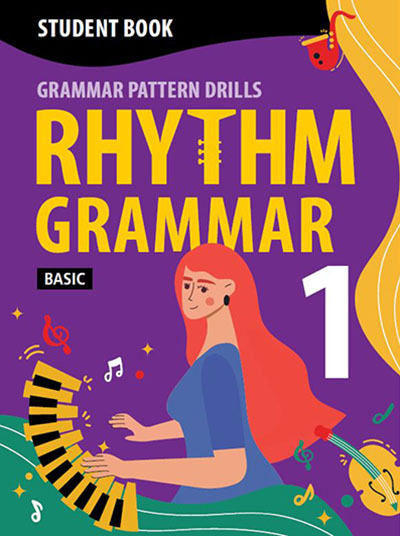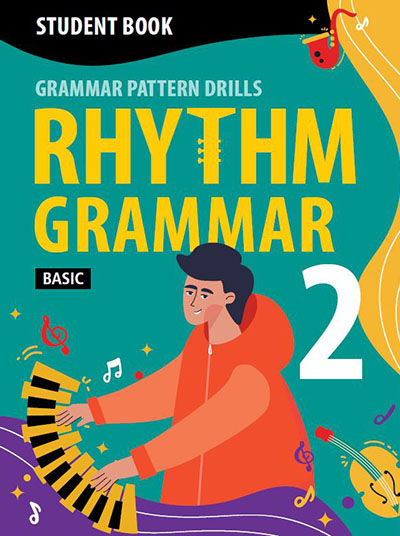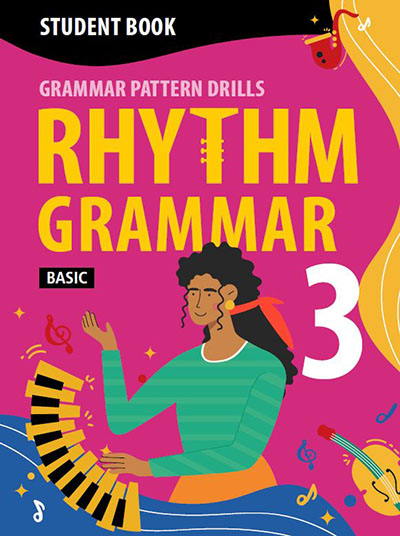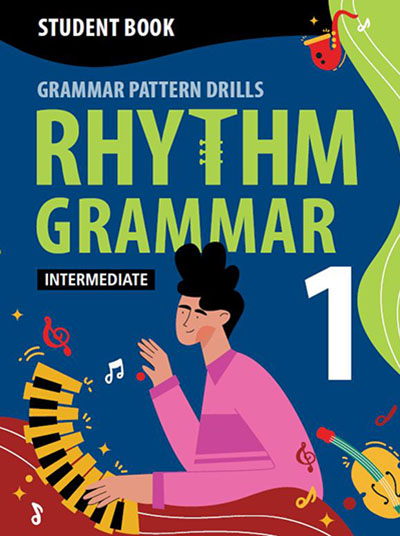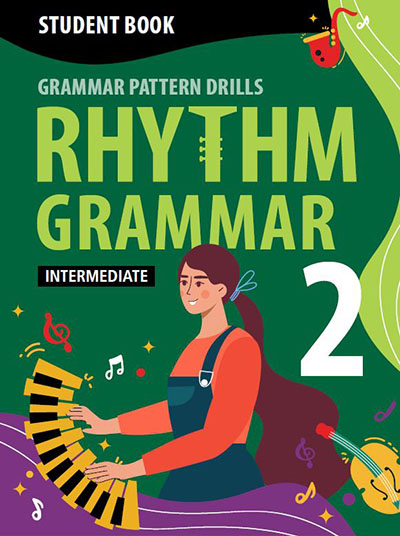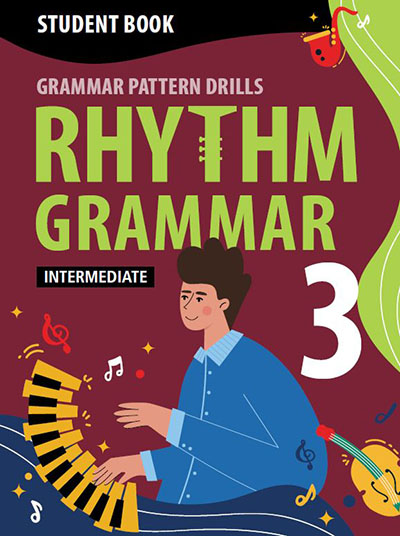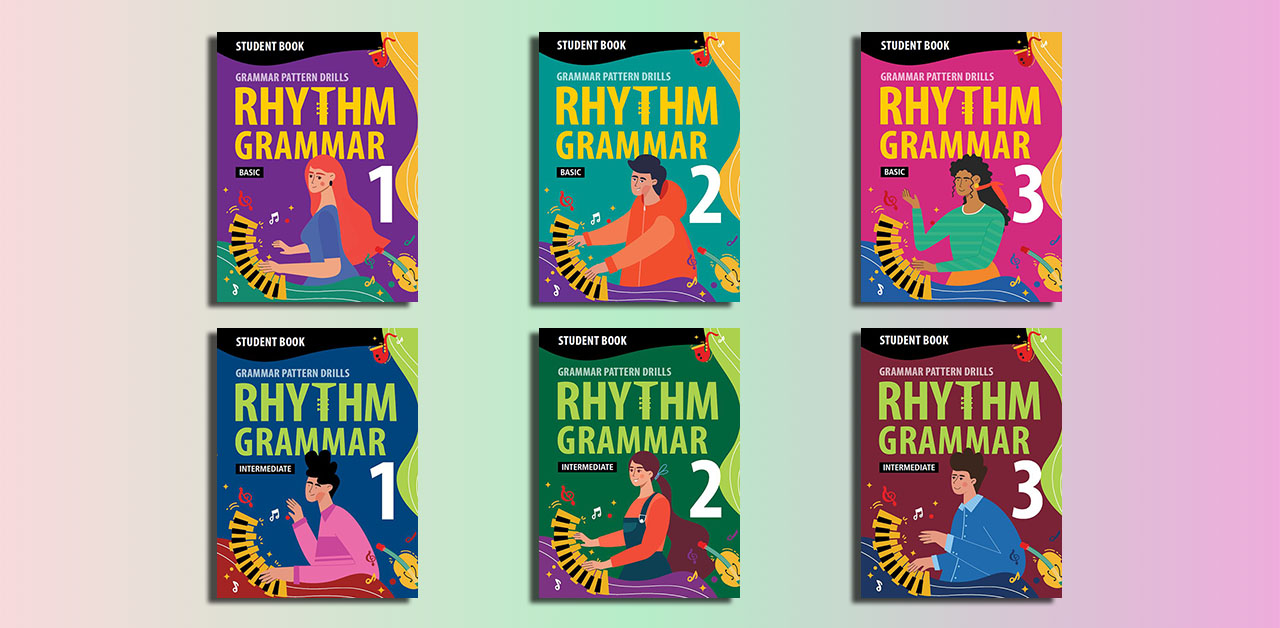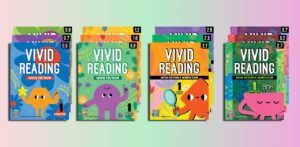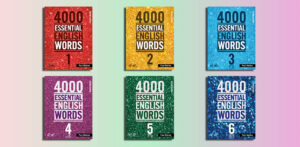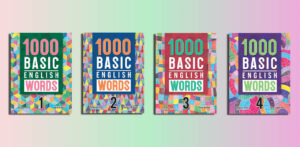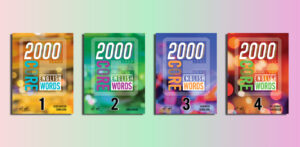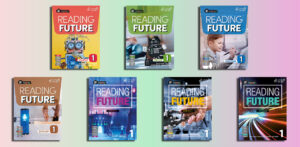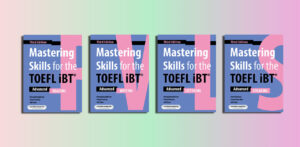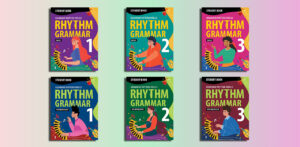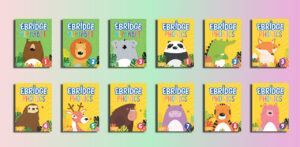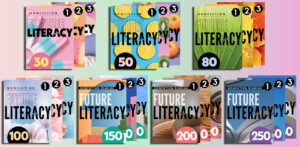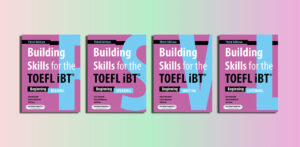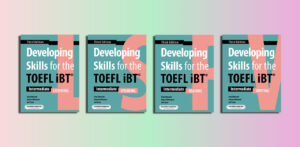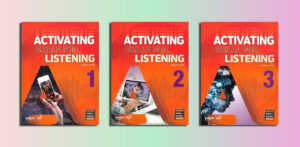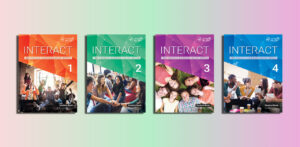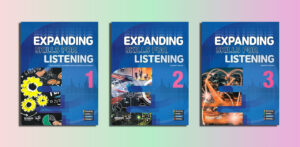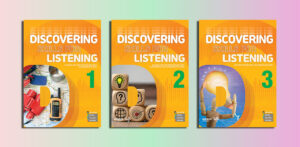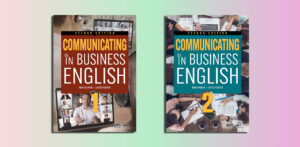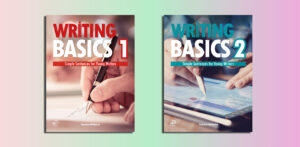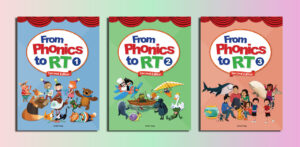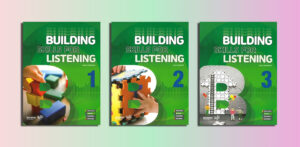Compass, Download, Online iTools
Download Compass Rhythm Grammar Pdf Resources (A1 / A2)
Rhythm Grammar (PDFs, Resources)
Basic Level
Rhythm Grammar Basic 1 (A1)
Rhythm Grammar Student Book Basic 1.pdf – Sample: Click
Answer Key – ETC – Final Test – Lesson Plan – Midterm Test – Syllabus – Teachet’s Guide – Unit Test – Writing Worksheets – Student Book
Rhythm Grammar Basic 2 (A1)
Rhythm Grammar Student Book Basic 2.pdf – Sample: Click
Answer Key – ETC – Final Test – Lesson Plan – Midterm Test – Syllabus – Teachet’s Guide – Unit Test – Writing Worksheets – Student Book
Rhythm Grammar Basic 3 (A1)
Rhythm Grammar Student Book Basic 3.pdf – Sample: Click
Answer Key – ETC – Final Test – Lesson Plan – Midterm Test – Syllabus – Teachet’s Guide – Unit Test – Writing Worksheets – Student Book
Intermediate Level
Rhythm Grammar Intermediate 1 (A1 / A1+)
Rhythm Grammar Student Book Intermediate 1.pdf – Sample: Click
Answer Key – ETC – Final Test – Lesson Plan – Midterm Test – Syllabus – Teachet’s Guide – Unit Test – Writing Worksheets – Student Book
Rhythm Grammar Intermediate 2 (A1 / A1+)
Rhythm Grammar Student Book Intermediate 2.pdf – Sample: Click
Answer Key – ETC – Final Test – Lesson Plan – Midterm Test – Syllabus – Teachet’s Guide – Unit Test – Writing Worksheets – Student Book
Rhythm Grammar Intermediate 3 (A1+ / A2)
Rhythm Grammar Student Book Intermediate 3.pdf – Sample: Click
Answer Key – ETC – Final Test – Lesson Plan – Midterm Test – Syllabus – Teachet’s Guide – Unit Test – Writing Worksheets – Student Book
Overview of “Rhythm Grammar” by Compass Publishing
Contents
| ✅ Coursebook: | Rhythm Grammar |
| ✅ Author: | Matthew Broadhurst |
| ✅ Publisher: | Compass Publishing |
| ✅ Level: | A1, A1+, A2 |
| ✅ English type: | International English |
| ✅ Skill: | Grammar |
| ✅ For: | Primary |
| ✅ Publication year: | 2023 |
“Rhythm Grammar” by Compass Publishing is a six-level grammar series crafted for elementary English learners, authored by Matthew Broadhurst. Targeting CEFR levels A1 to A1+ (with the highest level, Intermediate 3, reaching A2), it’s designed to establish a robust foundation in English grammar for beginners, particularly young students.
The series employs a spiral curriculum, where grammar concepts are introduced, revisited, and expanded across levels, ensuring steady reinforcement and progression. It emphasizes learning grammar in context—through relatable examples—followed by structured practice and drilling exercises to build confidence and accuracy. The levels are split into Basic 1–3 (A1) and Intermediate 1–3 (A1 to A2), catering to learners from absolute beginners to early intermediate stages.
Key components include:
- Grammar Rules: Simple explanations paired with illustrative examples.
- Practice Activities: Engaging exercises progressing from recognition to production.
- Speaking and Writing Tasks: Pair work and challenges to enhance fluency.
- Reviews and Tests: Periodic reviews every four units and a final test per book.
Supplementary resources like answer keys, lesson plans, midterm and final tests, unit tests, writing worksheets, and teacher’s guides complement the student books, making it a comprehensive tool for educators. Published by Compass Publishing, a South Korea-based company known for ESL materials, “Rhythm Grammar” balances accessibility with depth, ideal for classroom or self-study use.
Rhythm Grammar Student Book Basic 1
Who is suitable for “Rhythm Grammar”?
“Rhythm Grammar” by Compass Publishing is suitable for elementary English learners, particularly those at the beginner to early intermediate stages of language acquisition. It’s designed to cater to the following groups:
Young Learners:
- The series is primarily aimed at elementary school-aged students or younger learners who are just starting to build their English grammar skills. Its clear explanations, engaging activities, and visually appealing layout (210*278 mm, 88-page student books) make it age-appropriate and accessible for children.
CEFR A1 to A1+ Learners (with Intermediate 3 reaching A2):
- Basic Levels (1–3): Ideal for absolute beginners at CEFR A1, who need to master foundational grammar such as simple present tense, basic sentence structures, and common parts of speech.
- Intermediate Levels (1–3): Suited for learners progressing from A1 to A1+ and up to A2, who are ready for slightly more complex grammar like past tense, modals, and expanded sentence construction.
- This makes it perfect for students transitioning from beginner to early intermediate proficiency.
ESL/EFL Students:
- English as a Second Language (ESL) or English as a Foreign Language (EFL) students in classroom settings benefit from its structured, spiral approach, which reinforces grammar through repetition and contextual practice. It’s particularly useful in regions where English is not the primary language, such as South Korea, where Compass Publishing is based.
Teachers and Tutors:
- Educators teaching young beginners will find “Rhythm Grammar” suitable due to its comprehensive support materials—teacher’s guides, lesson plans, tests, and worksheets—making it a practical choice for lesson planning and assessment.
Self-Learners with Guidance:
- While primarily designed for classroom use, motivated self-learners (e.g., homeschoolers or independent students) with access to a teacher or answer keys could use it effectively, thanks to its clear progression and practice-focused design.
In summary, “Rhythm Grammar” is best suited for young, beginner-to-early-intermediate English learners (A1–A2) in educational settings, especially those needing a structured, engaging way to develop grammar fluency and accuracy. It’s less appropriate for advanced learners (B1 and above) or adults seeking conversational or specialized English skills.
Rhythm Grammar Student Book Basic 2
The benefits of “Rhythm Grammar”
“Rhythm Grammar” by Compass Publishing offers several benefits for elementary English learners, particularly those at CEFR A1 to A1+ levels (extending to A2 in Intermediate 3). Here’s a breakdown of its key advantages:
Structured Learning with a Spiral Curriculum:
- The series revisits and builds on grammar concepts across its six levels, ensuring learners reinforce foundational skills (e.g., basic tenses, sentence structure) while gradually tackling more complexity. This repetition and progression help solidify understanding and retention.
Contextual Grammar Acquisition:
- Grammar rules are presented with relatable examples rather than isolated drills, making abstract concepts easier to grasp. This contextual approach helps learners see how grammar applies in real-life communication, boosting practical usage.
Engaging and Age-Appropriate Design:
- Tailored for young learners, the 88-page student books (210*278 mm) feature clear layouts, illustrations, and activities that keep students motivated. The engaging format reduces intimidation, making grammar approachable for beginners.
Comprehensive Skill Development:
- Practice Exercises: Range from recognition (e.g., identifying parts of speech) to production (e.g., writing full sentences), building confidence step-by-step.
- Speaking and Writing Tasks: Pair work and challenges encourage active use of grammar, enhancing fluency and communication skills.
- This blend ensures learners don’t just memorize rules but apply them effectively.
Rhythm Grammar Student Book Basic 3
Confidence Building Through Drilling:
- Focused practice and drilling exercises reinforce grammar points, helping students master fundamentals and gain confidence in their accuracy—a critical benefit for beginners hesitant to speak or write.
Teacher and Classroom Support:
- Supplementary materials like teacher’s guides, lesson plans, answer keys, unit tests, midterm/final tests, and writing worksheets make it a versatile tool for educators. These resources save preparation time and provide clear assessment options, benefiting both teachers and students.
Progressive Difficulty for Long-Term Growth:
- Spanning Basic 1–3 (A1) and Intermediate 1–3 (A1 to A2), the series supports learners from absolute beginner to early intermediate stages. This gradual escalation prepares students for higher proficiency levels without overwhelming them.
Flexibility for Different Learning Environments:
- While ideal for classroom use, the structured format and available resources (e.g., online samples, PDFs) also suit homeschooling or guided self-study, offering adaptability for diverse learners.
Focus on Accuracy and Fluency:
- By combining rule explanation, practice, and application, “Rhythm Grammar” balances accuracy (correct grammar usage) with fluency (comfort in speaking/writing), foundational skills essential for language development.
In essence, “Rhythm Grammar” benefits learners by providing a clear, engaging, and systematic path to mastering English grammar, while equipping teachers with robust tools to facilitate progress. It’s particularly valuable for young A1–A2 students seeking a strong start in English.
Rhythm Grammar Student Book Intermediate 1
Effective learning strategies for “Rhythm Grammar”
To maximize the benefits of “Rhythm Grammar” by Compass Publishing, learners and teachers can adopt effective strategies tailored to its spiral curriculum, contextual approach, and structured practice. Below are practical strategies for students (especially young A1–A2 learners) and educators to enhance learning outcomes with this series:
For Students
Engage Actively with Each Unit:
- Step 1: Study the Rules: Read the grammar explanations and examples carefully to understand the concept (e.g., simple present tense). Rewrite examples in your own words to personalize them.
- Step 2: Practice Gradually: Start with the simpler “Practice” exercises to build confidence, then tackle “More Practice” and “Challenge” tasks to stretch your skills.
- Step 3: Speak It Out: Use the pair work activities to practice speaking with a friend or family member, even if it’s just repeating sentences aloud.
Review Regularly:
- Revisit the review sections after every four units to reinforce what you’ve learned. Make flashcards for key grammar rules or tricky points (e.g., verb endings) and quiz yourself weekly.
Apply Grammar in Context:
- Write short sentences or a daily journal using the grammar from each unit (e.g., “I play soccer” after learning present tense). This mirrors the series’ contextual focus and builds practical skills.
Use Supplementary Materials:
- Work on the writing worksheets to practice beyond the book. If available, check your answers with the answer key to self-correct and learn from mistakes.
Practice Consistency Over Speed:
- Spend 15–20 minutes daily on a unit rather than rushing through. The spiral approach rewards steady progress, so take time to master each concept before moving on.
Make It Fun:
- Turn exercises into games—e.g., race a friend to complete a “Challenge” task correctly or create silly sentences with the grammar rule (e.g., “The cat jumps on the moon” for present tense).
Rhythm Grammar Student Book Intermediate 2
For Teachers
Leverage the Spiral Structure:
- Start each lesson with a quick recap of related prior grammar (e.g., revisit nouns before teaching pronouns). Use the teacher’s guide to connect units and reinforce the spiral progression.
Break Down Lessons Effectively:
- Warm-Up (5 mins): Review a previous rule with a quick Q&A or example on the board.
- Explanation (10 mins): Present the new grammar rule using the book’s examples, adding visuals or real objects (e.g., a ball for “I kick the ball”).
- Practice (15–20 mins): Guide students through exercises, starting with group work on simpler tasks and moving to individual “Challenge” questions.
- Wrap-Up (5 mins): Use pair work or a short quiz to apply the rule.
Encourage Active Participation:
- Pair students for speaking tasks and rotate partners to build confidence. For shy learners, model the activity first or let them write answers before speaking.
Incorporate Real-Life Contexts:
- Extend the book’s examples by asking students to create sentences about their lives (e.g., “I like pizza” for present tense). This aligns with the series’ contextual learning focus.
Use Assessments Strategically:
- Administer unit tests to check mastery of specific grammar points and midterm/final tests to gauge overall progress. Review results to identify areas needing reteaching.
Supplement with Creativity:
- Add songs, chants, or rhymes using the grammar rules (e.g., “She runs, he jumps, we play!”) to tap into the “Rhythm” theme and make learning memorable.
Monitor and Adjust Pace:
- Use the syllabus and lesson plans to stay on track, but adjust based on student needs—spend extra time on tricky concepts (e.g., irregular verbs) and breeze through familiar ones.
Combined Strategies (Student + Teacher)
Collaborative Learning:
- Teachers can assign pair work from the book, while students prepare questions or examples to share, fostering peer teaching and deeper understanding.
Spaced Repetition:
- Revisit older units monthly (e.g., Basic 1 content while on Basic 3) to leverage the spiral curriculum. Teachers can integrate this into reviews, while students can self-test with flashcards.
Feedback Loop:
- Teachers provide specific feedback on writing worksheets or tests (e.g., “Great job with verbs, but check your articles”). Students use this to focus their practice.
Digital Integration (if available):
- If Compass Publishing offers online resources (e.g., ETC materials), use interactive quizzes or audio examples to reinforce lessons. Students can explore these independently.
Why These Strategies Work with “Rhythm Grammar”
- The series’ clear progression (rules → practice → application) supports step-by-step mastery, making active engagement and repetition key.
- Its focus on young learners benefits from interactive, fun approaches that maintain interest.
- The spiral design rewards consistent review and real-world application, aligning with long-term retention.
By combining these strategies, learners can build a strong grammar foundation, while teachers can optimize the series’ structure for effective, enjoyable lessons.
Rhythm Grammar Student Book Intermediate 3
Effective teaching strategies for “Rhythm Grammar”
Teaching “Rhythm Grammar” by Compass Publishing effectively requires strategies that align with its spiral curriculum, contextual grammar focus, and design for young A1–A2 learners. Below are practical, classroom-tested strategies to help teachers maximize the series’ potential and engage elementary students:
1. Scaffold Lessons with a Clear Structure
Warm-Up (5–10 mins):
- Begin with a quick review of a related prior grammar point (e.g., revisit simple present before introducing present continuous). Use a game like “Grammar Bingo” or ask students to give one example sentence from a previous unit.
- Why It Works: Ties into the spiral curriculum, reinforcing past learning while preparing for new material.
Presentation (10–15 mins):
- Introduce the new grammar rule using the student book’s explanations and examples. Enhance with visuals (e.g., pictures of actions for verbs) or realia (e.g., a toy car for “The car moves”).
- Model sentences aloud and have students repeat to connect sound and meaning.
- Why It Works: Mirrors the series’ contextual approach, making abstract rules concrete.
Practice (15–20 mins):
- Guide students through the book’s exercises in stages:
- Practice: Whole-class work on simpler tasks (e.g., fill-ins).
- More Practice: Small groups for focused drills.
- Challenge: Individual work on sentence production.
- Circulate to offer support and correct errors on the spot.
- Why It Works: Gradual progression builds confidence and aligns with the book’s structure.
Wrap-Up (5–10 mins):
- Use the pair work activity for speaking practice or a quick exit ticket (e.g., “Write one sentence using today’s rule”).
- Why It Works: Reinforces application and checks understanding.
2. Leverage the Spiral Curriculum
Connect Past and Present:
- Before each unit, briefly revisit related grammar from earlier levels (e.g., nouns from Basic 1 before adjectives in Basic 2). Use the teacher’s guide to identify links.
- Example: “Remember how we said ‘The dog runs’? Now let’s add ‘The big dog runs.’”
- Why It Works: Strengthens retention through repetition, a core feature of the series.
Cumulative Reviews:
- After every four units, use the review sections as a mini-lesson. Supplement with a class quiz or group competition to keep it engaging.
- Why It Works: Ensures long-term mastery of foundational skills.
3. Make It Interactive and Engaging
Incorporate Rhythm and Movement:
- Turn grammar rules into chants or songs (e.g., “I walk, you walk, we all walk!” for present tense). Add clapping or gestures to emphasize rhythm, tying into the “Rhythm Grammar” theme.
- Why It Works: Appeals to young learners’ energy and makes rules memorable.
Pair and Group Work:
- Use the book’s pair work tasks as a springboard—assign roles (e.g., one student asks, the other answers) and rotate pairs weekly. For larger classes, create small groups to design a poster with example sentences.
- Why It Works: Encourages collaboration and oral practice, key to fluency.
Games and Challenges:
- Adapt exercises into games: “Grammar Relay” (teams race to write correct sentences) or “Error Hunt” (spot mistakes in teacher-made sentences).
- Why It Works: Keeps students motivated and active.
4. Use Supplementary Resources Effectively
Lesson Plans and Teacher’s Guide:
- Follow the provided lesson plans for pacing but adapt based on class needs—spend extra time on tricky concepts (e.g., irregular verbs). Use the guide’s tips for additional examples or activities.
- Why It Works: Saves prep time while ensuring alignment with the curriculum.
Tests and Worksheets:
- Use unit tests for formative assessment and midterm/final tests for summative evaluation. Pair with writing worksheets for homework to extend practice. Review results to reteach weak areas.
- Why It Works: Provides clear benchmarks and reinforces skills outside class.
Answer Keys:
- Share selectively with advanced students for self-checking or use in class to discuss common errors as a group.
- Why It Works: Promotes accountability and learning from mistakes.
5. Personalize and Contextualize Learning
Relate to Students’ Lives:
- Adapt book examples to students’ interests (e.g., “She plays soccer” becomes “She plays Minecraft”). Ask them to create sentences about their day or hobbies.
- Why It Works: Makes grammar relevant, boosting engagement and retention.
Real-World Application:
- Create mini-projects (e.g., a class story using the unit’s grammar) or role-plays (e.g., ordering food with modals).
- Why It Works: Aligns with the series’ focus on practical usage.
6. Differentiate Instruction
Support Struggling Learners:
- Break exercises into smaller chunks, pair them with stronger peers, or provide sentence starters (e.g., “He ___ to school” for “goes”). Use visuals or gestures heavily.
- Why It Works: Keeps beginners from feeling overwhelmed.
Challenge Advanced Learners:
- Extend “Challenge” tasks by asking for longer sentences or combining rules (e.g., “The tall boy runs fast” after learning adjectives and verbs). Assign extra writing from worksheets.
- Why It Works: Keeps faster learners engaged without deviating from the book.
7. Monitor Progress and Provide Feedback
Ongoing Assessment:
- Use quick checks during practice (e.g., thumbs-up/down for understanding) and review test scores to adjust teaching focus.
- Why It Works: Keeps lessons responsive to student needs.
Constructive Feedback:
- Highlight one strength and one area to improve in writing or speaking (e.g., “Great verbs! Watch your articles.”). Model corrections aloud for the class.
- Why It Works: Builds confidence while targeting growth.
Why These Strategies Work with “Rhythm Grammar”
- The series’ structured units (rules, practice, application) support scaffolded lessons and clear progression.
- Its spiral design benefits from regular review and connection-building.
- The young learner focus thrives on interactive, contextual, and personalized teaching.
- Supplementary materials enhance planning and assessment, making differentiation manageable.
By blending these strategies, teachers can create dynamic, effective lessons that help students master grammar while enjoying the process—fully unlocking “Rhythm Grammar”’s potential.


